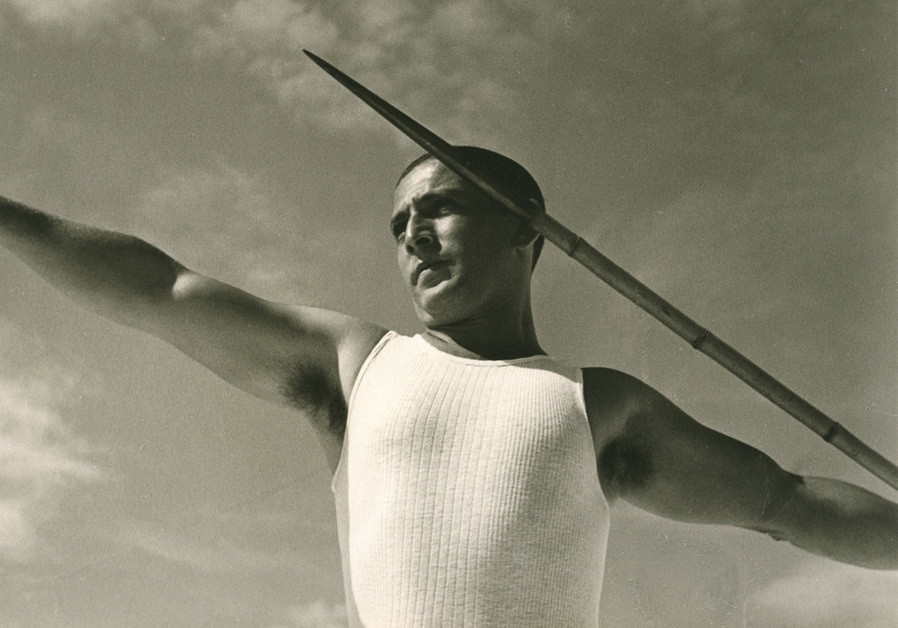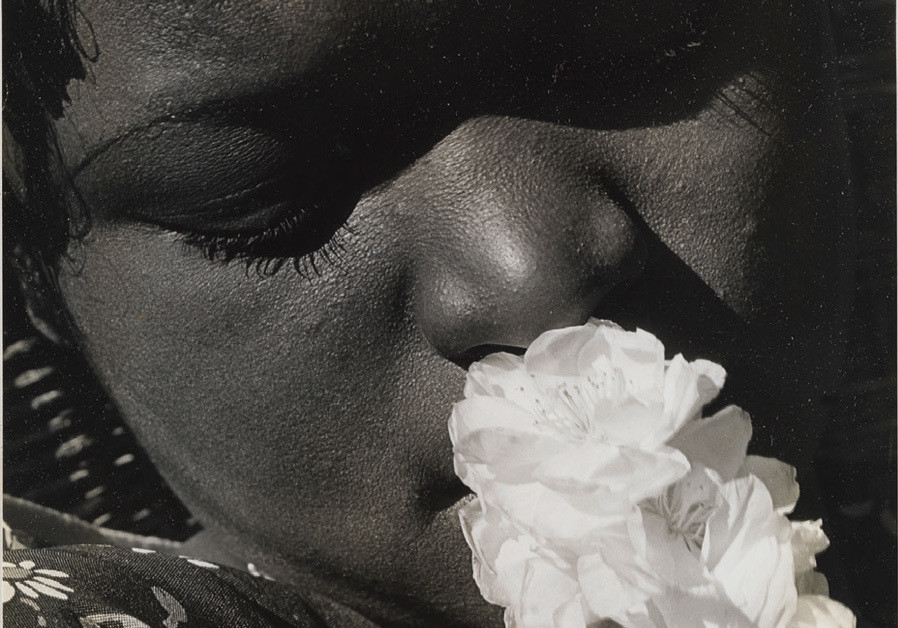Colonialism revisited
The steamroller ethos adopted by European colonialists, and their denigration of other cultures, particularly from the 3rd World, is the theme of a video work by New Zealand artist Lisa Reihana.
MULTIDISCIPLINARY NEW ZEALAND Maori artist Lisa Reinhana has gained global acclaim for her enlightening video work in 'In Pursuit of Venus [infected].'
(photo credit: LISA REINHANA)
In this post-modern world of ours, it seems nothing is taken for granted. That is probably a good thing generally – and in particular when it comes to historical injustices perpetrated when the world was a more naïve place, and the imperial powers basically acted as they pleased.The steamroller ethos adopted by European colonialists, and their denigration of other cultures, particularly from what came to be known as the Third World, is the principal theme of a beguiling video work by New Zealand artist Lisa Reihana. Lisa is a multidisciplinary artist whose vast oeuvre takes in film, sculpture, costume and body adornment, text and photography. Much of the aforementioned comes into play in the generously proportioned video installation In Pursuit of Venus [infected], which opened at the Israel Museum a couple of weeks ago, curated by Dorit Shafir, and will run through until December 19.The timing of the current showing is particularly apt, as a certain Captain James Cook set sail from England and headed to the far southeastern corner of world map in search of areas previously uncharted by Western powers. The feted explorer and cartographer was the first white man to reach what is now Australia and New Zealand, thereby providing the world’s greatest imperial power a foothold in far-flung climes. However, as we have learned over the years, it is never a one-way street. There is always peripheral stuff that often comes into play, frequently unkindly for the unsuspecting locals.
Reihana is keen to convey that in a highly intricate work that measures a full 32 meters across and was a decade in the making.“I have met many different people from different islands and I wanted to invite them in, to be part of this project. Captain Cook is considered a discoverer of the Pacific, so there was this idea that these lands were empty, but of course they were not. People were already there.”The encounter/clash between the indigenous population and the foreign newcomers, from a very different world and mind-set, with very different intent, is portrayed in the vast work. The stellar leader of the expedition is front and center, as is famed botanist Joseph Banks, who is seen mistreating some of the islanders. Also among the leading characters is Tupaia, an ambitious Machiavellian Tahitian who was a gifted navigator, politician and artist, and also Cook’s trusted companion.The video work occupies an entire long side of the darkened exhibition niche, which suits the setting of the source aesthetic catalyst.“I was in the National Gallery of Australia in Canberra, in 2009, where I saw Les Sauvages de la Mer Pacifique,” Reihana recalls. She was drawn to the expansive work, but also taken aback by its complete lack of authenticity with regard to “Pacific people.”“I couldn’t see anything I recognized.”THE ARTIST was not only shocked, her muse was duly fired, and she set about reimagining the 18th century creation by French painter, designer and draftsman Jean-Gabriel Charvet, who had visited the Caribbean on business, and ended up spending four years there. During that time, he produced numerous studies of flora and fauna, but became best known for his design of the 20-panel wall covering with an idealized, Western interpretation of the facts on the ground of the remote neck of the woods.Much like the orientalist drawings, prints and paintings that offered a stylized reading of life in the Middle East around the same time by the likes of David Roberts, Gustav Adolf Bauernfeind and Edwin Lord Weeks, Charvet did not exactly agonize over the finer details of his portrayal, which, after all, was for consumption by a Western public that knew no better. That warped view is referenced by the [infected] part of Reihana’s title, while “Venus” is a nod to one of Cook’s stated assignments, to get a better handle on the said planetary body.SCENE FROM 'In Pursuit of Venus [infected],' which sheds light on colonial misdemeanors. (Credit: LISA REINHANA) GERMAN-BORN ISRAELI photographer Liselotte Grschebina was keen to present manifold sides of pre-state Zionist pioneering. (Credit: THE ISRAEL MUSEUM) 'Frances with Flower,' taken in 1931-1932 by pacesetting female American photographer Consuelo Kanaga. (Credit: ESTATE OF CONSUELO KANAGA) Hollywood silent movie star Gloria Swanson was one of several iconic figures captured by early 20th century Luxembourg-born American photographer Edward Jean Steichen. (Credit: © 2019 THE ESTATE OF EDWARD STEICHEN / ARTISTS RIGHTS SOCIETY (ARS) NEW YORK) https://www.imj.org.il/en
if(catID != 151){
var cont = `Take Israel home with the new
Jerusalem Post Store Shop now >>
![SCENE FROM 'In Pursuit of Venus [infected],' which sheds light on colonial misdemeanors. (Credit: LISA REINHANA) SCENE FROM 'In Pursuit of Venus [infected],' which sheds light on colonial misdemeanors. (Credit: LISA REINHANA)](https://images.jpost.com/image/upload/f_auto,fl_lossy/t_Article2016_ControlFaceDetect/444493)



![MULTIDISCIPLINARY NEW ZEALAND Maori artist Lisa Reinhana has gained global acclaim for her enlightening video work in 'In Pursuit of Venus [infected].' MULTIDISCIPLINARY NEW ZEALAND Maori artist Lisa Reinhana has gained global acclaim for her enlightening video work in 'In Pursuit of Venus [infected].' (photo credit: LISA REINHANA)](https://images.jpost.com/image/upload/q_auto/c_fill,g_faces:center,h_537,w_822/444492)
![SCENE FROM 'In Pursuit of Venus [infected],' which sheds light on colonial misdemeanors. (Credit: LISA REINHANA) SCENE FROM 'In Pursuit of Venus [infected],' which sheds light on colonial misdemeanors. (Credit: LISA REINHANA)](https://images.jpost.com/image/upload/f_auto,fl_lossy/t_Article2016_ControlFaceDetect/444493)


